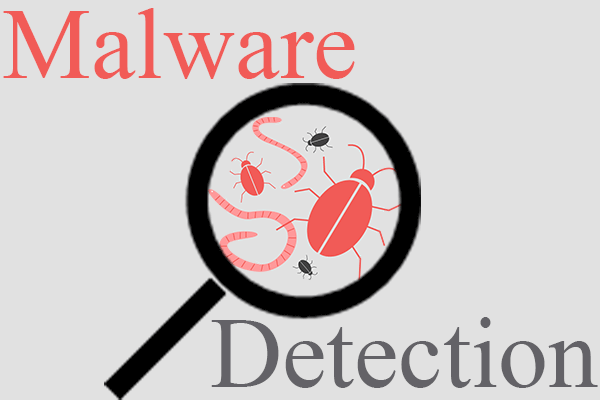Malware Detection

Malware, short for malicious software, refers to any software or program that is designed to harm, exploit, or disrupt computer systems, networks, or devices without the knowledge or consent of the user. It is created by cybercriminals with the intention of stealing sensitive information, gaining unauthorized access to systems, damaging or disabling computer functions, or generating financial profit through fraudulent activities.
Protecting against malware involves adopting good cybersecurity practices, such as using reputable antivirus and anti-malware software, keeping operating systems and applications up to date, being cautious with email attachments and downloads, avoiding suspicious websites, and regularly backing up important data.
Goals: The goals of malware detection is to identify and mitigate the presence of malicious software (malware) in computer systems and networks.
So the goal from the project is to predict a Windows machine’s probability of getting infected by various families of malware, based on different properties of that machine. The telemetry data containing these properties and the machine infections was generated by combining heartbeat and threat reports collected by Microsoft's endpoint protection solution, Windows Defender. Each row in this dataset corresponds to a machine, uniquely identified by a MachineIdentifier. HasDetections is the ground truth and indicates that Malware was detected on the machine.
License
Free for both personal and commercial use. No need to pay anything. Just need to make attribution.

This work is licensed under a Creative Commons Attribution 4.0 International License
Tags






